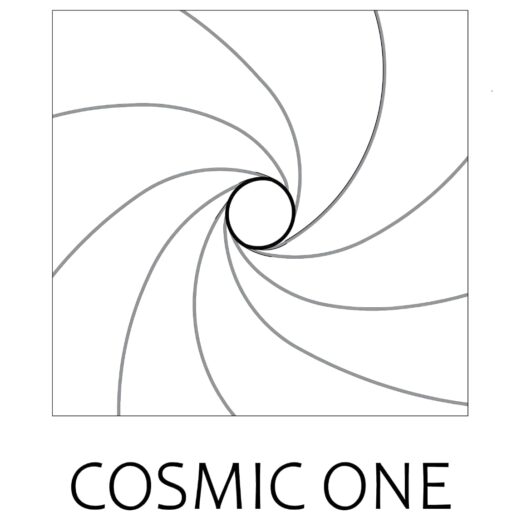NEWCONNECTIVE
- Syntactic structure. It design represent the newest components to have specifying https://datingranking.net/crossdresser-heaven-review/ new official presentation sentence structure of RIF logic dialects by focusing the brand new demonstration syntax of your build. The brand new presentation sentence structure is utilized inside RIF to help you describe the latest semantics of one’s languages also to teach the main details that have instances. This syntax is not intended to be a real syntax to have the new dialects; it simply leaves away information such as the delimiters of the various syntactic parts, parenthesizing, precedence from operators, and the like. Due to the fact RIF try an interchange format, they spends XML as its simply concrete syntax.
- Semantic construction. This new semantic structure means the fresh new systems that will be useful indicating brand new models of RIF logic languages.
- XML serialization design. That it design represent the entire beliefs you to reasoning dialects are to include in indicating its concrete XML-dependent syntaxes. For each and every dialect, its real XML sentence structure was a derivative of the dialect’s demonstration syntax. It may be seen as an effective serialization of that sentence structure.
NEWCONNECTIVE
- Constants and you may parameters. Such conditions are to most logic dialects.
- Positional conditions. This type of words are commonly used in very first-buy logic. RIF-FLD represent positional words inside the a somewhat a great deal more general way from inside the purchase to allow languages which have highest-purchase sentence structure, like HiLog [CKW93] and Relfun [RF99].
- Words which have entitled objections. Speaking of such as for instance positional terms and conditions except that for each and every argument regarding a beneficial title is called and the order of your own arguments try immaterial. Terminology which have entitled objections generalize the thought of rows inside the relational tables, where line titles correspond to conflict brands.
- Directories. Such terms and conditions match directories when you look at the reason programming, and they are found in the fundamental Reason Dialect. Restricted items of them terminology are utilized regarding the Core Dialect therefore the Manufacturing Guidelines Dialect.
- Structures. A-frame name represents an assertion regarding an object and its own features. These words correspond to molecules regarding F-reasoning [KLW95]. There is syntactic resemblance ranging from terminology having called arguments and you will frames, as services (or attributes) regarding an object wind up as entitled arguments. But not, this new semantics of them terminology will vary (discover Area Semantic Formations).
- Class. These types of terms and conditions are accustomed to define the subclass and you will class subscription relationship. There are two main kinds of category conditions: registration terms and subclass terms and conditions. Including frames, this type of terms was basically lent of F-reason [KLW95].
- Equivalence. Such words are widely used to associate other conditions.
pred:numeric-equivalent or pred:boolean-equivalent). Those predicates have fixed interpretations, which coincide with the interpretation of the equality terms defined in this document when the latter are evaluated over data types. General use of equality terms is supported in systems such as FLORA-2 [FL2], and special cases are also allowed in Relfun [RF99].
Terms are then used to define several types of RIF-FLD formulas. RIF dialects can choose to permit all or some of the aforesaid categories of terms. In addition, RIF-FLD introduces extension points, one of which allows the introduction of new kinds of terms. An extension point is a keyword that is not a syntactic construct per se, but a placeholder that is supposed to be replaced by specific syntactic constructs of an appropriate kind. RIF-FLD defines several types of extension points: symbols (NEWSYMBOL), connectives (), quantifiers (NEWQUANTIFIER), aggregate functions (NEWAGGRFUNC), and terms (NEWTERM).
But not, beyond your studies designs, the latest interpretation of one’s equivalence terms can vary which will be determined by belongings in RIF records
Symbol areas partition new selection of non-analytical signs you to definitely correspond to personal constants, predicates, and procedures, and every partition is then offered a unique semantics. An icon space provides an enthusiastic identifier and a lexical room, which represent the latest “shape” of the icons in this icon space. Certain icon areas inside RIF are widely used to choose Online organizations in addition to their lexical space includes strings one syntactically appear to be internationalized capital identifiers [RFC-3987], or Iris (age.g., Most other icon room are used to show the fresh new datatypes necessary for RIF (such,

Recent Comments